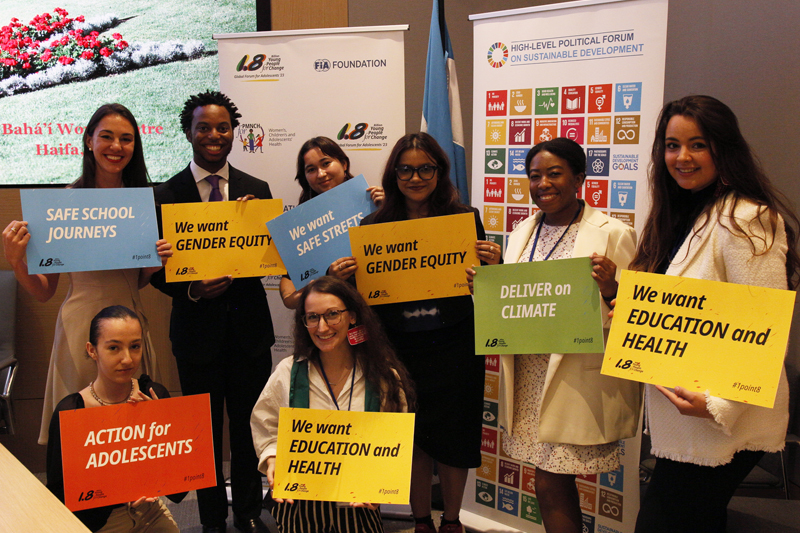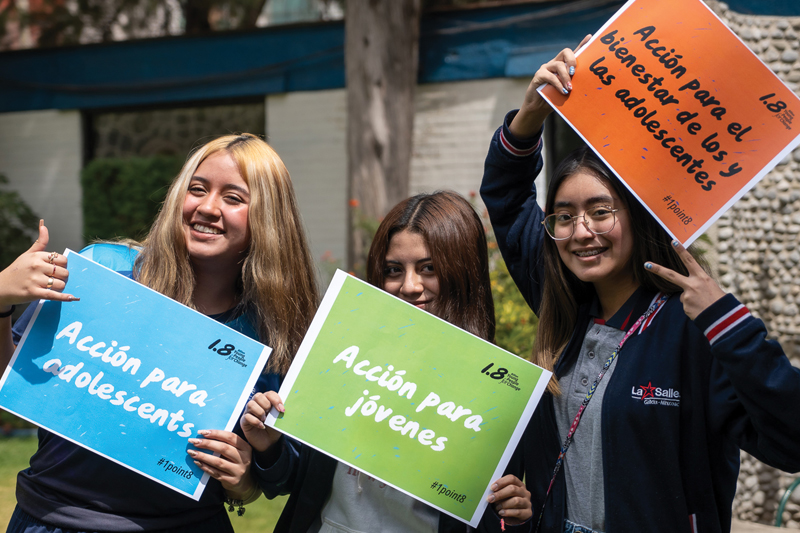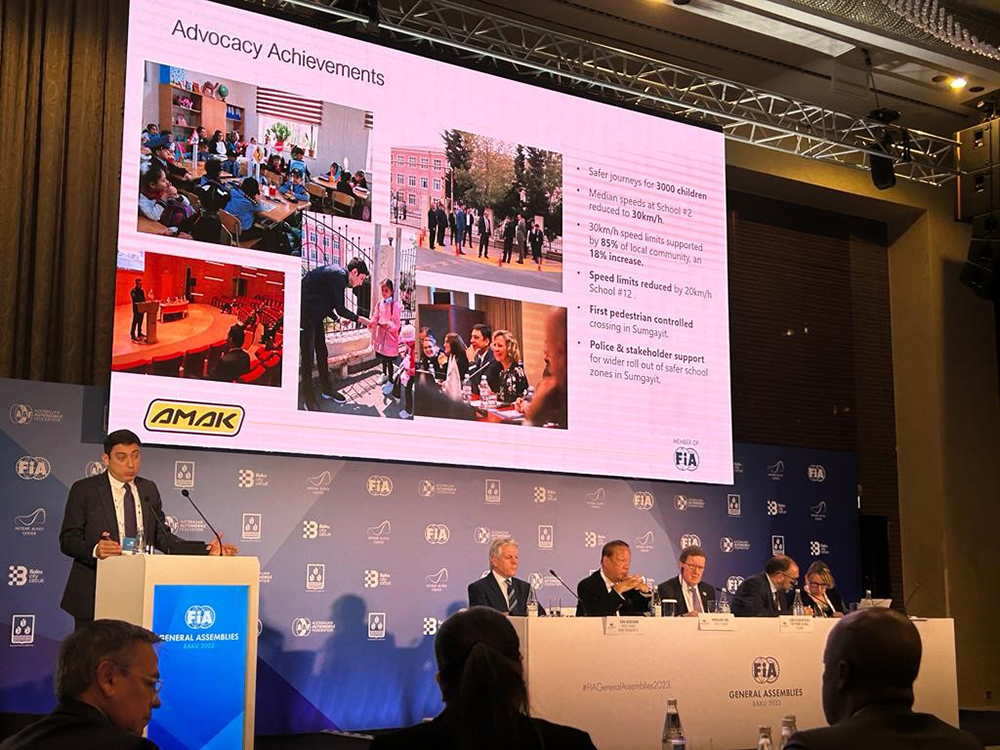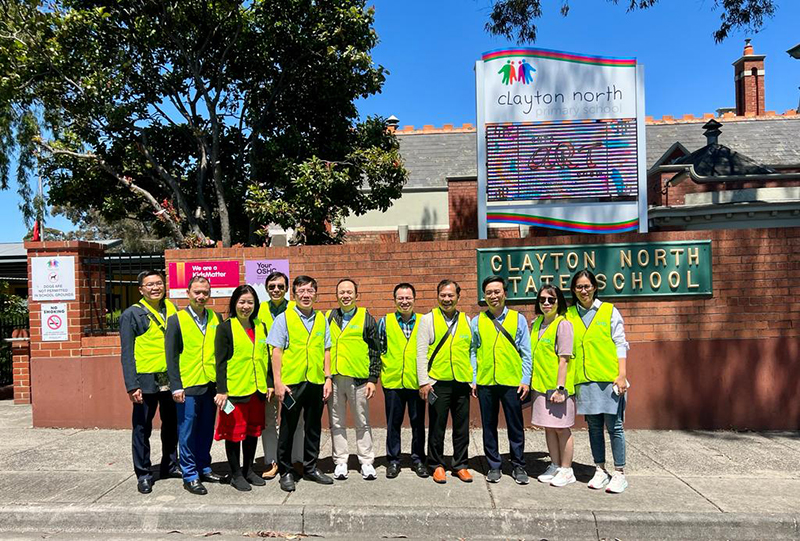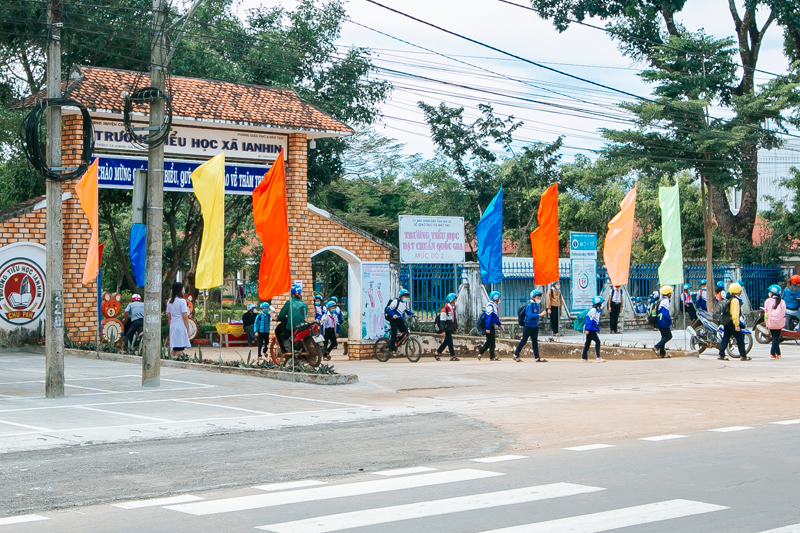Priority on road safety in youth action and investment agenda
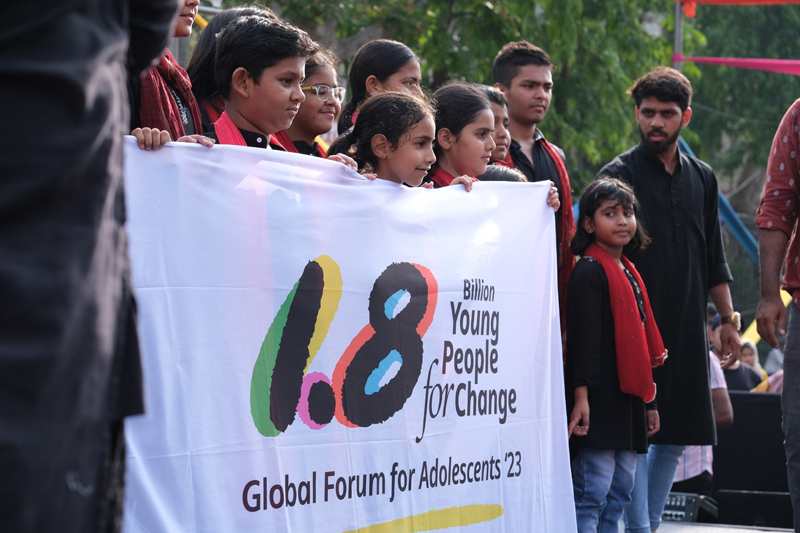
A release on the investment case was published at the Global Forum for Adolescents on 11-12 October alongside new global guidance for programming on adolescent health and wellbeing, and an “action agenda” – all of which emphasise the importance of road safety.
The investment case report builds on earlier work that had been commissioned by the FIA Foundation. The latest research confirms a very high benefit-cost ratio for road safety interventions of over 15:1. Road safety is alongside other focus areas considered to be most effective including actions to reduce child marriage, mental health and substance abuse, and tackling violence.
A major output from the Global Forum for Adolescents was the action agenda. A key point calls for Governments to develop and implement priority policies for adolescents – this includes safe roads. The seven advocacy asks also include more and higher quality education and skills training; more adolescent-friendly health services; greater support for mental well-being; prevention of stigma and discrimination, including greater provision of comprehensive sexuality education.
Alongside this, the WHO published a new version of its Global Accelerated Action for the Health of Adolescents – the guidance for country implementation on adolescent priorities. Road safety forms an important part of this guidance, building extensively on the first version published six years ago.
The guidance emphasises that road traffic injury must be prioritised given the burden on both adolescent boys and girls. This is the case in every world region and for both the younger (10-14) and older (15-19) age groups. It also highlights the fact that many young people killed on the roads are vulnerable road users – pedestrians or those on two-wheelers.
It notes that particularly in middle- and low-income countries measures to protect vulnerable road users – particularly measures such as speed reduction are important in protecting adolescents and young people.
“Roads with high levels of pedestrian, child or cyclist activity should allow speeds no higher than 30 km/h. Limits should be enforced in such a way that drivers believe there is a high chance of being caught if they speed,” says the guidance. Other key measures such as enacting and enforcing mandatory helmet laws, and ensuring safety standards of helmets are also outlined.
Avi Silverman, FIA Foundation Deputy Director said: “This agenda, and the work on the investment case for adolescents leaves no doubt as to the importance of addressing road traffic injury. When we first began our advocacy in this area, there was a startling lack of emphasis on the biggest killer of young people. Road safety can no longer be ignored and what is equally important is that a route to further action has been charted through this process. It has been encouraging to see the level of commitment increase. Now we need to see follow-through, implementation and impact.”
The investment case research estimates that the costs of failing to act on adolescent priorities as a whole and including road safety in countries covering over 85% of the world’s population is a staggering US$20.5 trillion. A further full investment case report will be published later this year.
The Agenda for Action for Adolescents is here:
Agenda for Action for Adolescents (who.int)
For more on the interim investment case report visit:
Adolescents in a changing world: the case for urgent investment (who.int)
The new WHO Global Accelerated Action for the Health of Adolescents is here:
Global Accelerated Action for the Health of Adolescents (AA-HA!) - Second edition (who.int)
